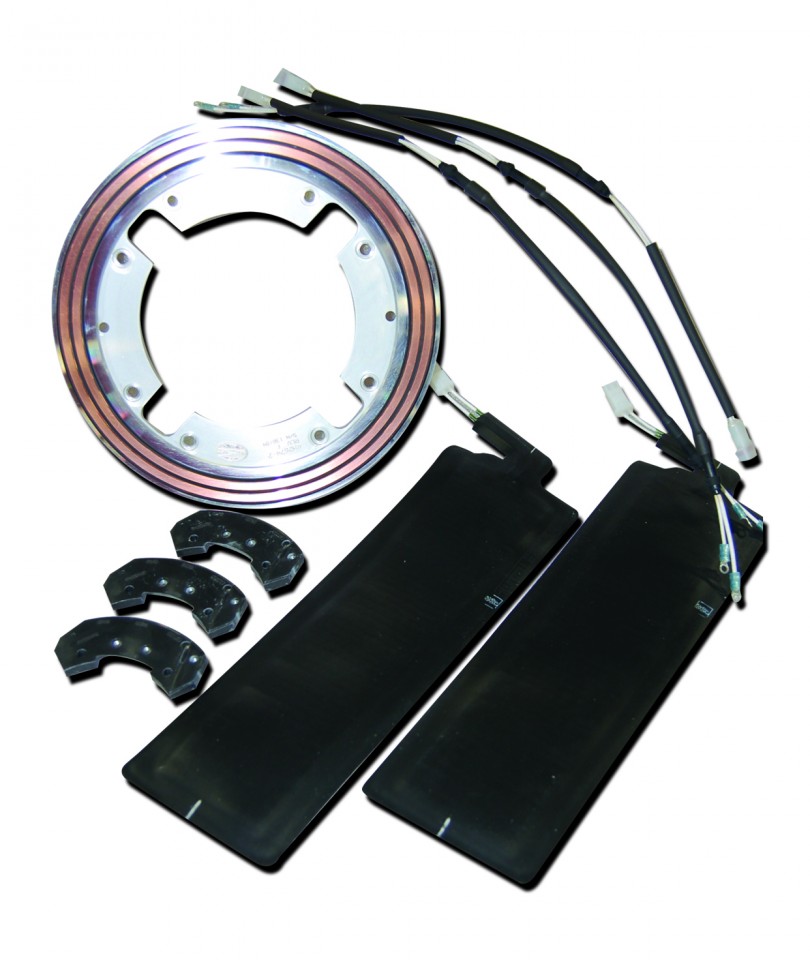
Winter is coming. It’s time for pilots to start thinking about ice and snow and, specifically, how to get rid of them. NYCAviation.com recently published a great peice tracing commercial aviation’s battle against winter weather. If you don’t know the history, you can read it here. In the early days, planes simply could not fly under icy conditions. Over time, techniques were developed to manually remove ice from wings and fuselages. However, a series of tragic crashes in the 80s caused the commercial aviation industry to take a more scientific approach to anti-icing. Modern ice removal utilizes special de-icing fluids, including glycol alcohol. Special buildings have even been developed which use infrared light to remove ice from aircraft. Want a little more de-icing history? Check out this video the US Navy put together in 1960. It may be a bit dated, but it does a great job explaining the nuances of ice accumulation:
The need to de-ice aircraft is, of course, not limited to commercial aviation. Ice-prevention and ice-removal is critical for safe operation of any aircraft. Hartzell’s engineers work year round to ensure business aviation and general aviation pilots have access to the world’s best ice-management technology. We’re so confident in the quality of our ice prevention technology that we offer a 18 month/2000 hour warranty. We even cover the cost of removal and installation in addition to the cost of replacement or repair. You can find out more about our de-ice and anti-ice systems here.